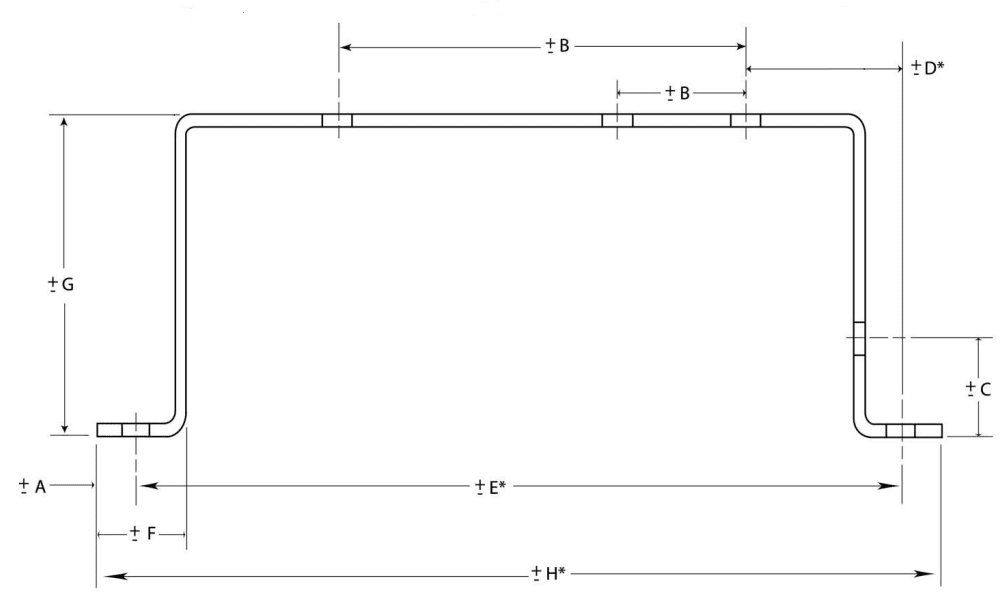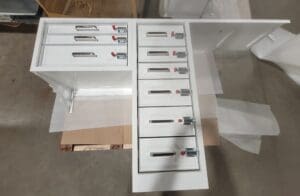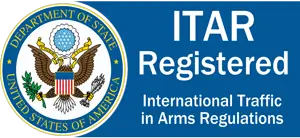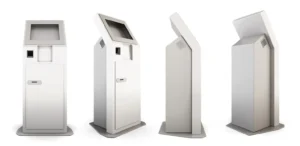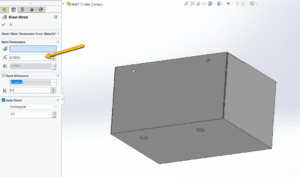Last updated on May 7th, 2024 at 10:15 am
Most sheet metal shops don’t have prototype fabrication experts on staff, and if they do, they are typically not engineers. Approved Sheet Metal has an intentionally high number of engineers on our team, which helps us troubleshoot designs from the customer’s perspective to deliver optimal parts.
With over 100 years of combined sheet metal fabrication experience, our engineers have encountered—and overcome—the same challenges our customers face. Our team can communicate the best way to proceed with a sheet metal design and catch potential issues before those issues become BIG problems.
With a wealth of professional experience in areas such as working with special hinges, choosing hardware replacements, and selecting the right material for sheet metal prototypes, the Approved Sheet Metal team can suggest adjustments that result in better parts and often reduce costs and lead time.
Table of Contents
- 1 How Our Engineers Optimize Sheet Metal Prototypes
- 2 Common Design Challenges Our Engineers Resolve
- 3 Recommended Default Sheet Metal Tolerances
- 4 Sheet Metal Design Engineering FAQ
- 4.0.1 What sets Approved Sheet Metal's engineering team apart in sheet metal prototype fabrication?
- 4.0.2 How do engineers at Approved Sheet Metal optimize sheet metal prototypes?
- 4.0.3 What common design challenges do Approved Sheet Metal engineers resolve in sheet metal prototype fabrication?
- 4.0.4 How does the engineering expertise at Approved Sheet Metal address concerns related to part size and formability in prototypes?
- 4.0.5 What advantage does partnering with Approved Sheet Metal for prototype fabrication offer to customers?
How Our Engineers Optimize Sheet Metal Prototypes
At Approved Sheet Metal, we run seven fabrication operations. All of our programmers are trained to run each of these operations, and cross-training distinguishes us from our competitors. We’ve achieved this versatility in part by creating a workflow that’s informed by engineering expertise at every level.
Creating high-level work instructions
Our engineers’ role in prototype fabrication begins during quoting when they consult with customers to determine part specifications and suggest potential design adjustments.
Next, they draft comprehensive work instructions that stay with the part throughout its workflow, making it crystal clear which steps should be executed during each operation.
Providing proactive feedback and smart solutions 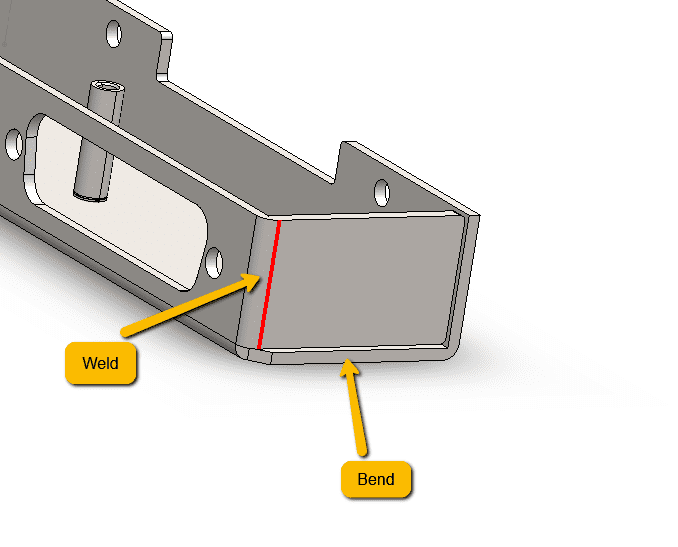
Our engineers are happy to work with product developers in the early stages of prototype development to catch potential issues before they materialize. We welcome the opportunity to answer questions upfront about the optimal material type, hardware options, tolerance requirements, or any other concern to save you from headaches down the road.
We often field questions about welding—in particular, whether a part can be welded, what kind of welding would be best, or whether a fastening method (e.g., riveting or bolting) would provide a better solution. By suggesting alternatives to welding where appropriate, our engineers can save you a tremendous amount of time and money when your part moves into production.
It’s not always possible to make such adjustments on the front end, however, as your prototype design may be fixed by the time you bring it to our shop. In that case, our engineers will help you troubleshoot any problems that arise now so they aren’t replicated during production.
Common Design Challenges Our Engineers Resolve
Here are some of the top sheet metal prototype design challenges we resolve using in-house engineering knowledge.
Hardware issues
- Incompatibility between hardware and material type (e.g., steel hardware for stainless steel parts)
- Special-order hardware with order minimums and long lead times
Unattainable or highly restrictive specifications
- Parts designed with internal bend radii that are impossible to achieve
- Extremely tight tolerance specifications that require custom tooling or pose potential assembly challenges
Formability concerns
- Flanges that are too short to be functional
- Features that are too close to bends
- Parts that require bend reliefs
- Features that cannot be formed with standard tooling
Weldability concerns
- Joins that will require too much weld, leading to part deformation
- Weld types that are ill-suited for a part (e.g., spot vs. tack)
Part size concerns
Designs for a large single part that would function better as multiple parts joined or fastened together
Our team’s strong engineering acumen enables us to tackle sheet metal prototypes from the vantage point of people who have designed them.
When you partner with Approved Sheet Metal for prototype fabrication, you’ll have peace of mind knowing you’re working with team members who have been in your shoes and know how to set you up for success.
Sheet Metal Design Engineering FAQ
Unlike many other sheet metal shops, our team boasts a high number of engineers with over 100 years of combined experience in fabrication. This expertise allows us to troubleshoot designs, suggest adjustments, and foresee potential issues, ensuring optimal parts for customers.
Our engineers engage from the quoting stage, offering design suggestions and creating comprehensive work instructions that guide the fabrication process. They proactively provide feedback, addressing concerns about material types, tolerance requirements, hardware compatibility, and welding alternatives.
Our engineers adeptly handle issues such as hardware compatibility with material types, special-order hardware limitations, unrealistic specifications, formability concerns like unachievable bend radii, tight tolerances requiring custom tooling, and weldability challenges leading to part deformation.
Our team tackles design challenges involving excessively large single parts, suggesting the creation of multiple parts joined together for improved functionality. They also troubleshoot issues like insufficient flange length, features too close to bends, required bend reliefs, and features beyond standard tooling capabilities.
Collaborating with us ensures working alongside an engineering team familiar with design challenges. We offer proactive problem-solving, ensuring that potential issues are addressed early, ultimately leading to cost reduction and a smoother production process for our clients.

